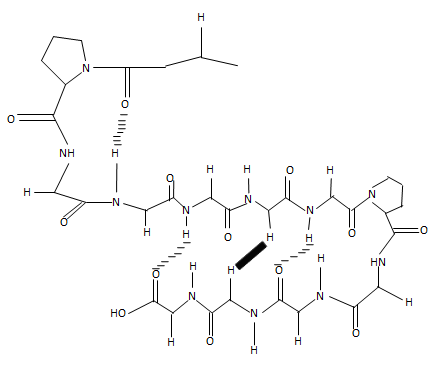Cabotegravir (USAN and INN )
(also known as S/GSK1265744 or previously referred to by the
research code GSK744) is
an investigational new drug under development for the treatment of HIV infection. It is an integrase
inhibitor, with a carbamoyl pyridone structure
similar to dolutegravir.
In investigational studies, the agent has been packaged intonanoparticles (GSK744LAP) conferring an exceptionally long half-life of 21–50 days following a single dose. In theory, this
would make possible suppression of HIV with dosing as infrequently as once
every three months.
-------------------------------------------------------------------------------HIV researchers hope a new compound, known as cabotegravir, could make dosing easier for some because the drug would be administered by injection once every three months. A clinical trial testing long-acting cabotegravir's safety and acceptability has already begun at multiple U.S. sites including The Rockefeller University Hospital. Meanwhile two new studies, including one conducted by researchers at the Aaron Diamond AIDS Research Center (ADARC) and Rockefeller University, published today (January 15) inScience Translational Medicine, show that long-acting cabotegravir injections are highly protective in a monkey model of vaginal transmission of a virus similar to HIV.
"Clinical trial results have demonstrated that the effectiveness of preventive oral medications can range with results as high as 75 percent effective to as low as ineffective, and a lot of that variability appears to hinge on the patient's ability to take the pills as prescribed," says study researcher Martin
Markowitz, a professor at Rockefeller University and ADARC. "Long acting cabotegravir has the potential to create an option that could improve adherence by making it possible to receive the drug by injection once every three months."
Markowitz, a professor at Rockefeller University and ADARC. "Long acting cabotegravir has the potential to create an option that could improve adherence by making it possible to receive the drug by injection once every three months."
Developed by ViiV Healthcare and GlaxoSmithKline, and previously known as GSK744 LA, cabotegravir is an antiretroviral drug. Antiretrovirals interfere with HIV's ability to replicate itself using a host cell and they are used to treat an HIV infection or to prevent those at high risk from acquiring it in the first place.


